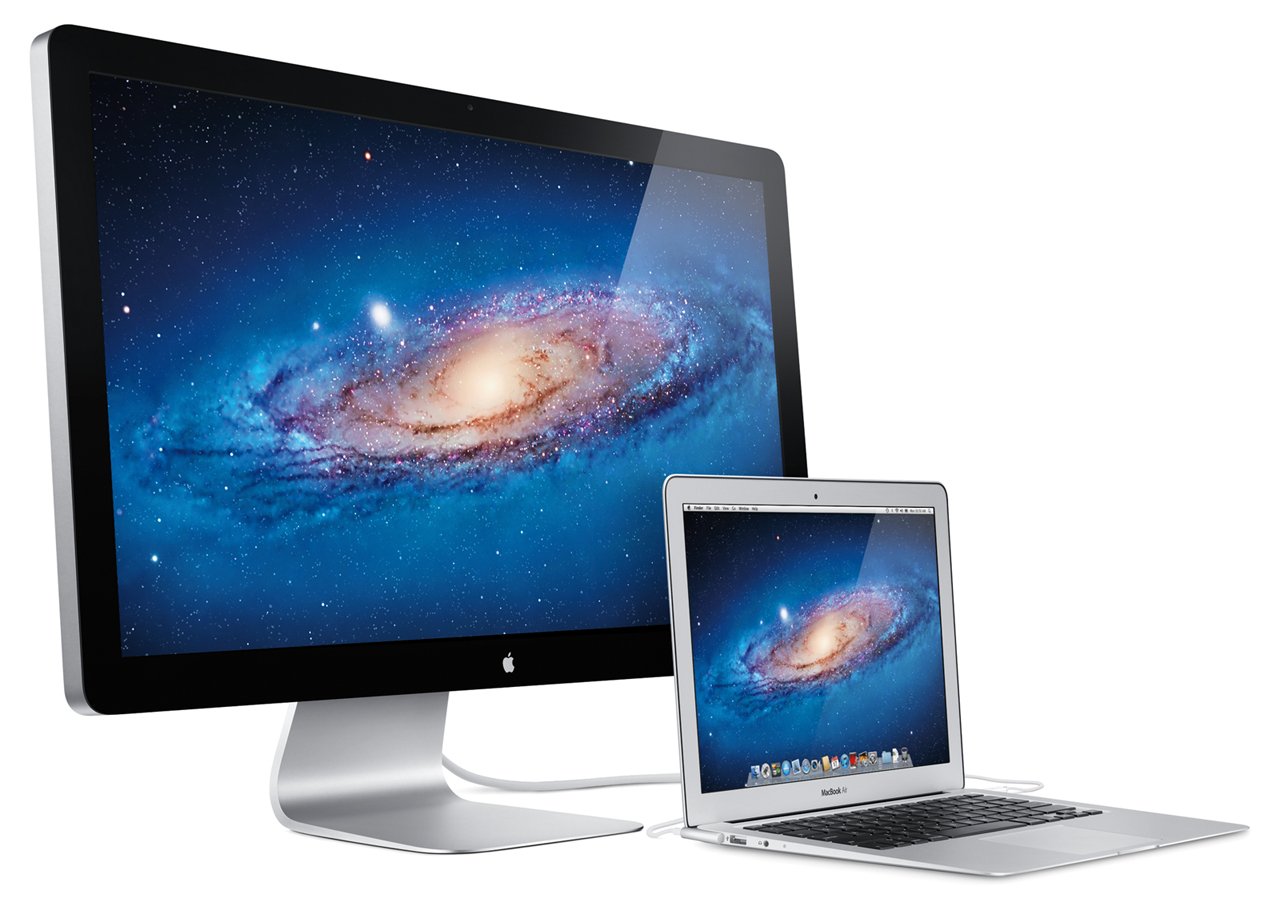
- #Buy thunderbolt cable for macbook air how to
- #Buy thunderbolt cable for macbook air serial
- #Buy thunderbolt cable for macbook air plus
- #Buy thunderbolt cable for macbook air series
The first two iterations of Thunderbolt used ports with a non-reversible connector, in the shape of the old Mini DisplayPort. It also includes protection against DMA attacks, to block attackers with physical access from reading or modifying computer memory-a potential problem with earlier Thunderbolt, FireWire, and even USB 4 standards. Today’s Thunderbolt 4 maintains that 40 Gbps throughput, but adds other features, including support for dual 4K displays. Thunderbolt 2 came along in 2014, with up to 20 Gbps, and Thunderbolt 3, in 2017, offered up to 40 Gbps. (Note that 1 Gbps is equivalent to 1,000 Mbps.) At the same time, Macs started including Thunderbolt ports, with 10 Gbps throughput. This protocol provided data transfer rates of up to 5 Gbps (gigabits per second), and the ability to send data to displays. One bit is one-eighth of a byte, so a 400 Mbps interface implied that you could theoretically transfer a 50 MB (megabyte) file in about a second (real-world speeds were somewhat slower, however).Īlthough USB 2.0 had a theoretical speed of up to 480 Mbps, FireWire was still faster at sustained data transfer.įireWire ruled until USB 3 was added to Macs in 2011. Note that data transfer speeds are usually measured in bits-not bytes-per second. The numbers 400 and 800 indicated speeds in megabits per second, abbreviated Mbps. The FireWire 400 port ruled for years, and was supplanted by FireWire 800. This was the first taste of fast (for the time) data transfer on Macs. In late 1999, the first iMac with FireWire (also known as IEEE 1394) was released, although you could add a FireWire card to some Macs before then. The first USB ports were slow, but this was a revolution. Mac users lived with these limited options until 1998, when the iMac added USB ports. This “small computer system interface” was a lot more flexible: it had faster throughput than previous ports, and you could daisy-chain devices.
#Buy thunderbolt cable for macbook air plus
The Macintosh Plus added a SCSI port in 1986. It also had a parallel port, to connect to a printer.
#Buy thunderbolt cable for macbook air serial
The 1983 Lisa had a serial port this was long standard on computers to connect to peripherals. The earliest Macs could connect to cassette decks at paltry speeds.
#Buy thunderbolt cable for macbook air series
The history of personal computing has been marked by a series of milestones in data transfer capabilities.
#Buy thunderbolt cable for macbook air how to
In this article, I’m going to explain what Thunderbolt and USB-C ports are, how to identify them, how they work, which features they offer, and how to choose the right cables for your needs. But what’s the difference between USB-C and Thunderbolt ports, and how can you tell them apart? And which cables do you need to get the most out of them? Current Macs have USB-C, which provide standard USB speeds, along with faster Thunderbolt to compatible peripherals.

The ports that you use to connect keyboards, mice, and hard drives to your Macs have changed over the years. How To + Recommended USB-C and Thunderbolt: Understanding Ports and Cables for Macs and iPads


 0 kommentar(er)
0 kommentar(er)
